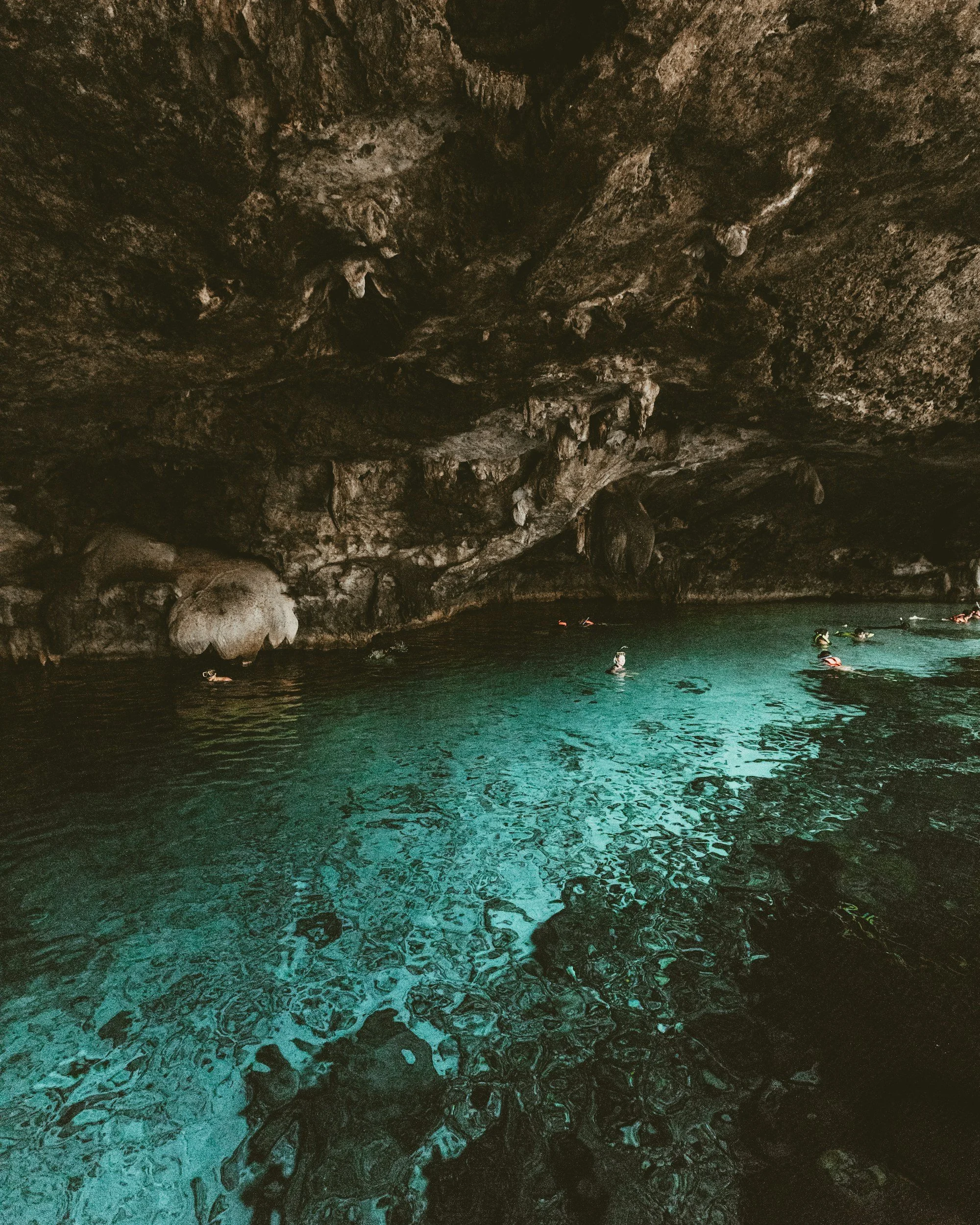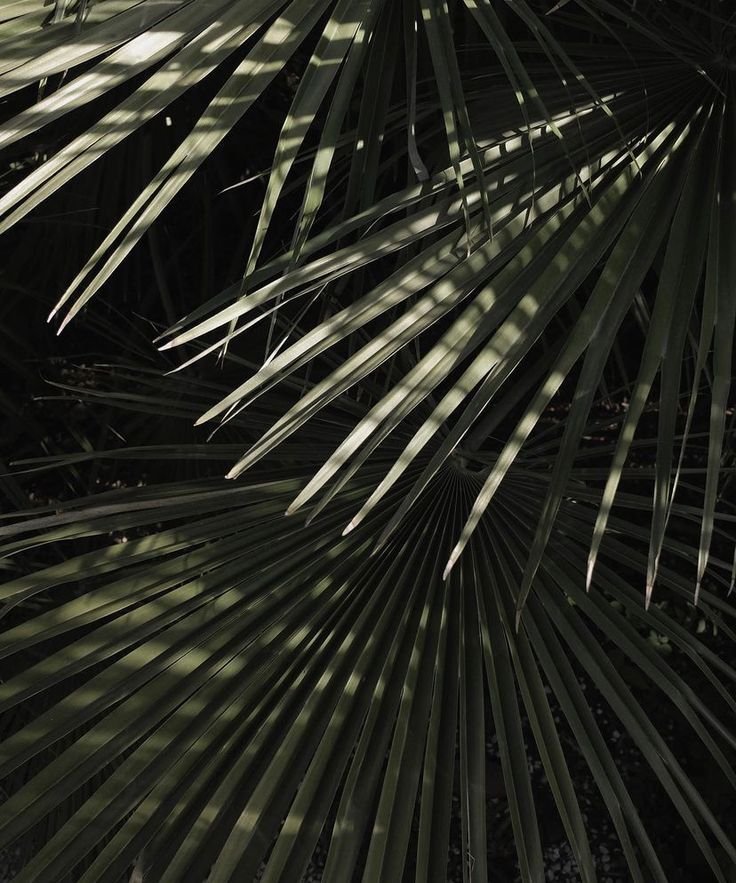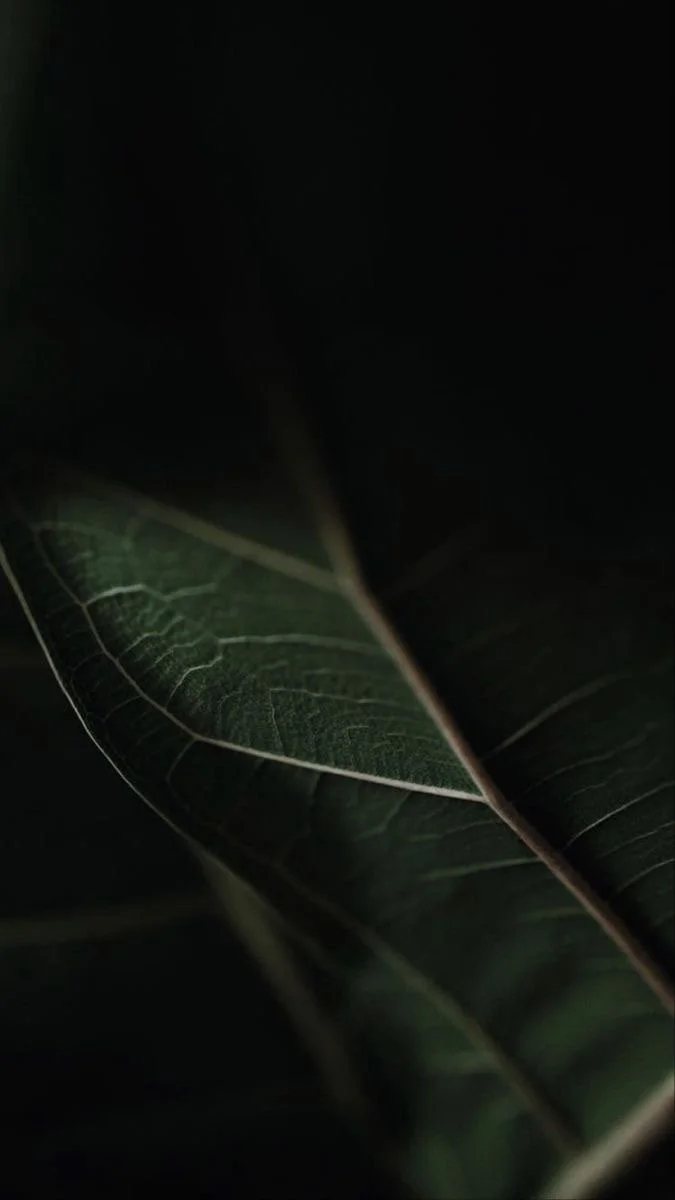
IKTAN SOUTH TULUM
A Coastal Haven Shaped by the Biology of the Surrounding Beauty

Nature never wastes a lesson. Every preference, every instinct, every subtle bias in our perception has been shaped by millions of years of survival challenges and environmental adaptations. When we talk about beauty in design, we're not just discussing arbitrary aesthetic choices ⏤ we're exploring the deep grammar of human perception, written in our DNA through countless generations of evolution.
Our ancestors' survival depended on their ability to read environments instantly. Those who could quickly distinguish subtle variations in foliage, identify safe spaces, and recognize harmonious patterns were more likely to survive and pass on their genes. This evolutionary heritage now influences our modern design preferences in profound and measurable ways.
Consider our extraordinary sensitivity to green. The human eye can distinguish approximately 500 distinct shades of green, compared to just 300 shades of red. This isn't an accident ⏤ it's an adaptation born from our forest-dwelling past, where the ability to detect subtle variations in vegetation could mean the difference between finding food and going hungry, between spotting a predator and becoming prey.
As we move further into the digital age, understanding our evolutionary preferences becomes increasingly crucial. By acknowledging and working with our biological heritage, we can create spaces that:
⏤ Reduce cognitive load
⏤ Enhance wellbeing
⏤ Improve functionality
⏤ Foster connection
The most successful modern designs aren't those that fight against our evolutionary programming, but those that embrace and enhance it. When we align our created environments with our biological preferences, we're not just designing spaces – we're creating environments that resonate with the very essence of what makes us human.
IKTAN South Tulum | First Release Now Avilable








